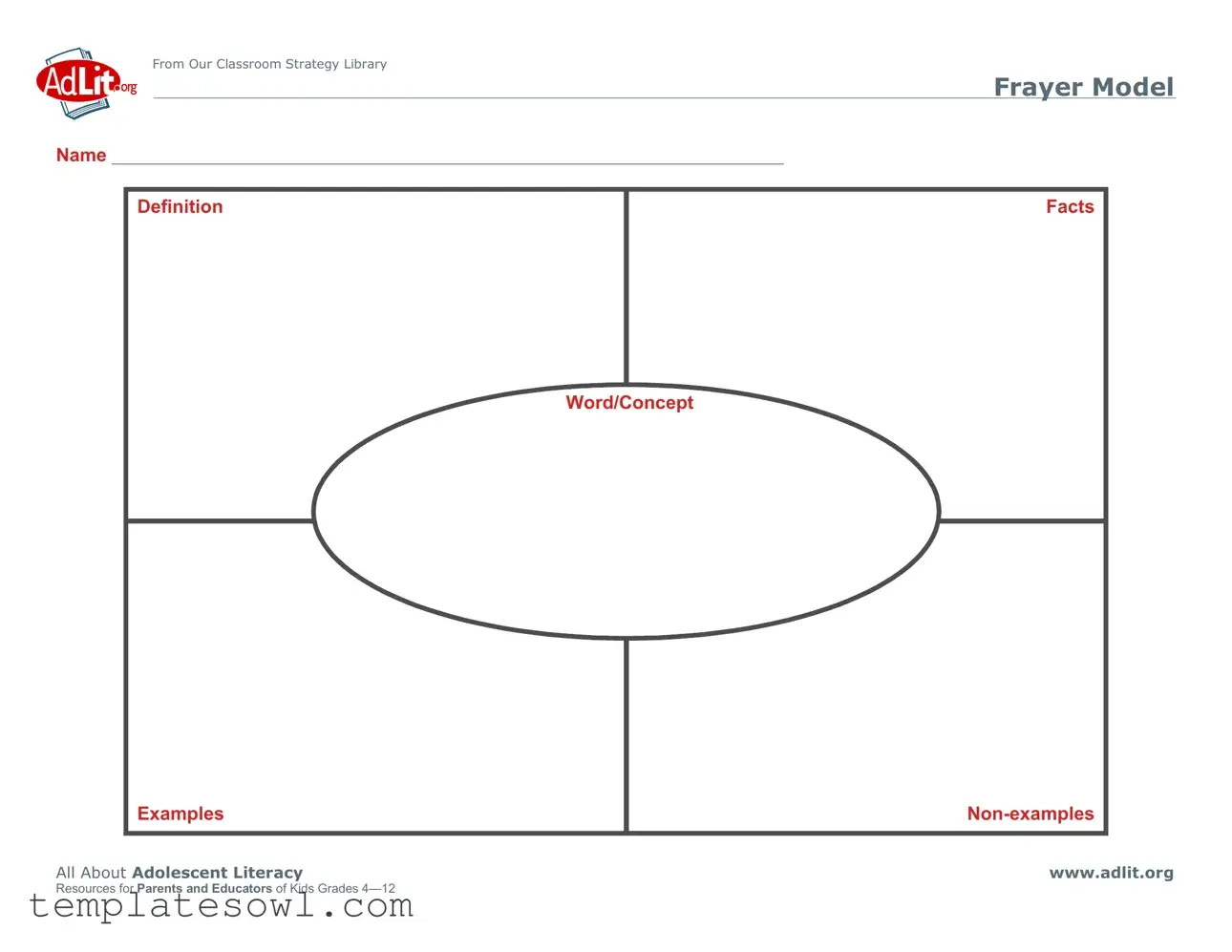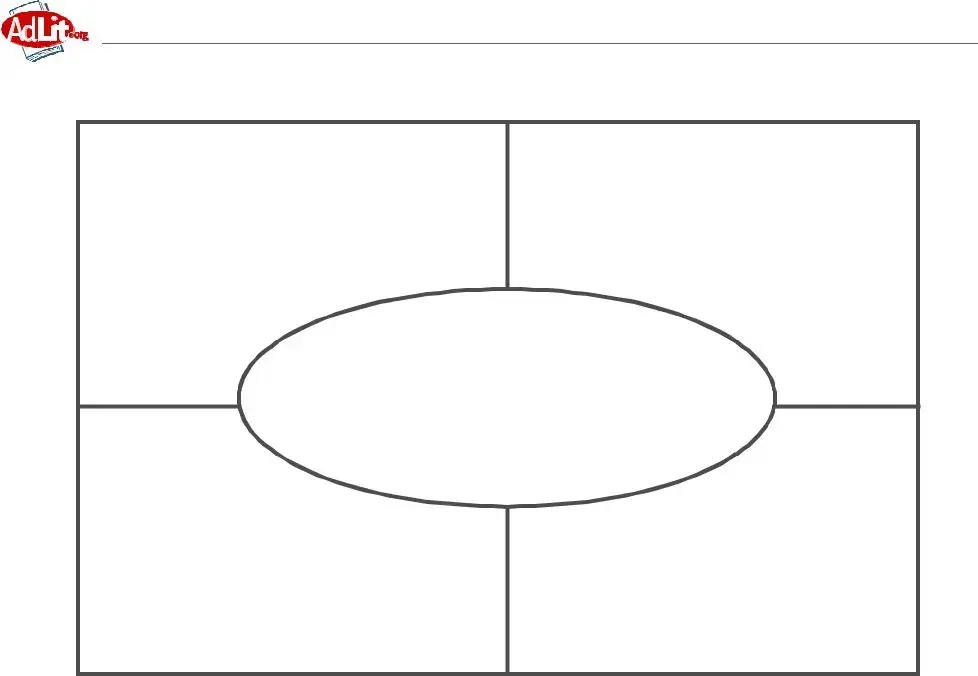What is the Frayer Model Editable form?
The Frayer Model Editable form is a structured tool used to help students understand concepts in depth. It encourages learners to explore a word or concept by defining it, listing facts, providing examples, and identifying non-examples. This approach supports critical thinking and promotes a comprehensive understanding of the subject matter.
How can the Frayer Model help my child’s learning?
The Frayer Model benefits your child's learning by breaking down complex concepts into manageable parts. It helps them organize information in a way that makes sense to them. By actively engaging with the material, students can improve their comprehension and retention of information. This model is effective for grades 4 through 12, making it versatile across various subjects.
Can the Frayer Model be used for different subjects?
Yes, the Frayer Model can be applied across various subjects, including literature, science, math, and social studies. This flexibility allows educators to tailor the tool to meet the specific needs of their curriculum, assisting students in gaining a deeper understanding of content regardless of the subject matter.
What resources are available for parents and educators using the Frayer Model?
A variety of resources are available for both parents and educators who wish to implement the Frayer Model. These include templates for the form, guidance on how to use it effectively, and tips for integrating it into lesson plans. Additionally, research supporting the model’s effectiveness can strengthen its use in the classroom.
How do I fill out the Frayer Model Editable form?
Filling out the Frayer Model Editable form involves four key sections. First, write the name of the word or concept at the center. Next, provide a concise definition. Then, list several facts related to the concept, and include relevant examples that illustrate the concept in action. Finally, identify non-examples to clarify what the concept is not.
Who can benefit from using the Frayer Model?
The Frayer Model is beneficial for students in grades 4-12, but it can also be useful for educators and parents. Anyone involved in teaching or learning can utilize this tool to deepen understanding and promote critical thinking skills. It supports diverse learners, including those who may struggle with traditional teaching methods.
Is the Frayer Model suitable for group activities?
Absolutely! The Frayer Model can be effectively used in group settings. Collaborating in small groups allows students to share their insights and perspectives, which can enhance understanding. This group dynamic encourages discussion and fosters a team approach to learning, enriching the experience for all involved.
How does this model support adolescent literacy?
The Frayer Model supports adolescent literacy by engaging students in active learning. It encourages reading, writing, speaking, and listening through its structured approach. By working with the model, students practice critical literacy skills, enhancing their ability to analyze texts and articulate their thoughts clearly.

